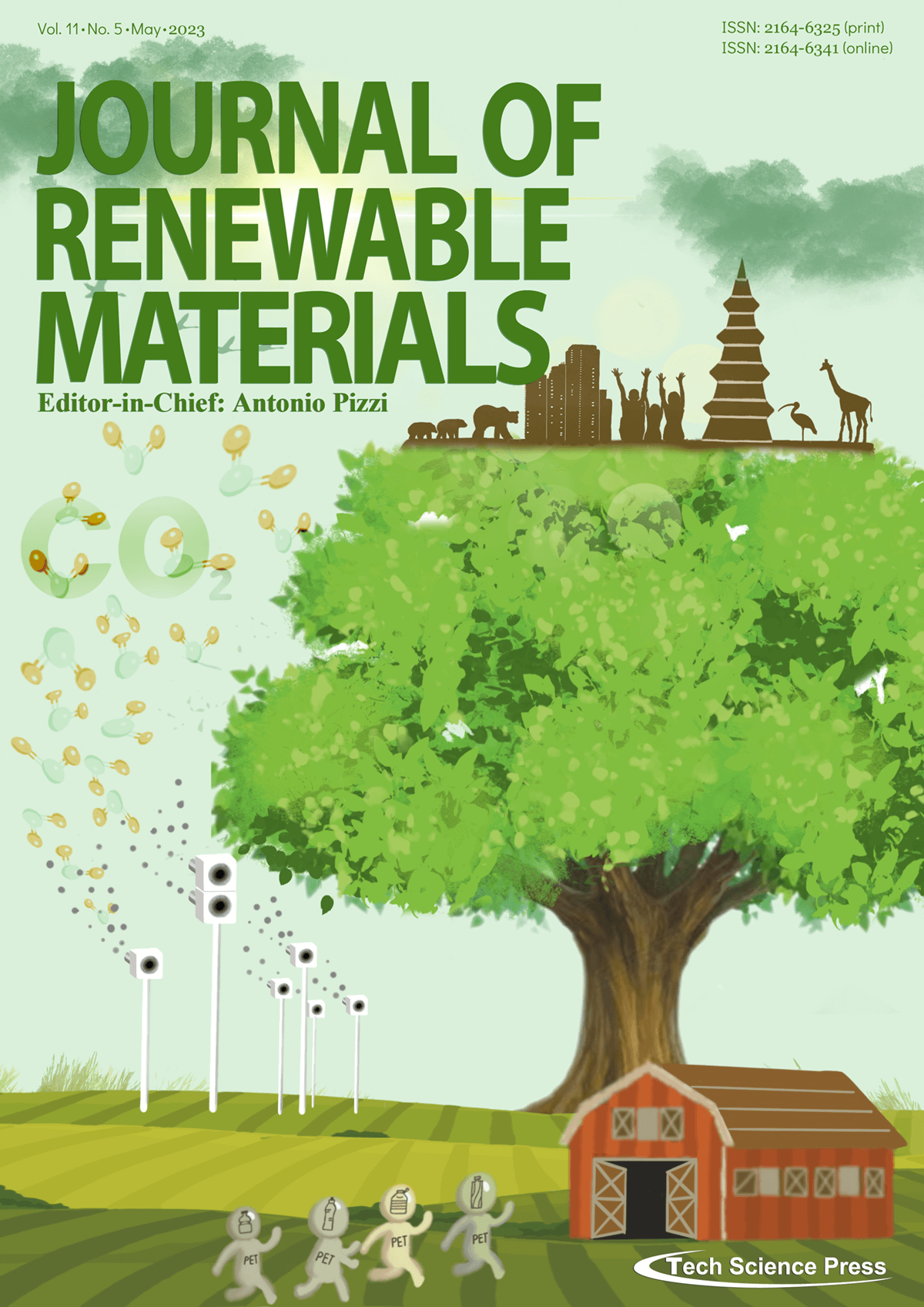
Polyethylene terephthalate (PET), the principal thermoplastic polyester derived from fossil fuels, is one of the most versatile plastics with vast applications in spinning, printing, the food business, the packaging industry, and electrical fields. PET waste's emissions of greenhouse gases have resulted in global warming, posing a significant ecological concern to humans, animals, and plants around the globe. The approach to achieving carbon peak emissions and carbon neutrality for PET polymers is depicted as CO2. It is indicated that the combination of recycling, biomass utilization, and carbon capture and utilization for PET plastics can be the optimal technique for achieving the set objectives. It would be desirable to achieve the objective of recycling 100% of PET trash and controlling and reusing CO2 emissions.
View this paper